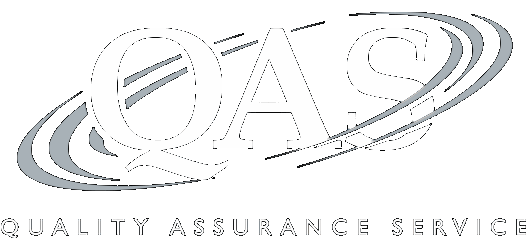Duty of Consistency Doctrine: Determining How to Resolve Past Errors and Withstand IRS Challenges
Note: CLE credit is not offered on this program
Recording of a 110-minute CPE webinar with Q&A
This webinar will review the duty of consistency doctrine (DOCD) for tax professionals and advisers. Our veteran panel will walk through common scenarios encountered by tax preparers and explain acceptable resolutions for prior inconsistencies in these situations. The resolutions could include amending returns when possible or advisable, or adjusting carryover attributes, such as loss carryovers or tax bases.
Outline
- DOCD: introduction
- Elements of the duty of consistency
- Relevant precedents
- Practical applications of the DOCD: examples
- Correcting past errors
- Best practices
Benefits
The panel will review these and other critical issues:
- Adjusting prior errors with capital and passive loss carryovers
- Is an adjustment of a prior year problem in the current year a viable alternative?
- How is this different from Accounting Method Changes on Form 3115?
- Key cases that frame the DOCD
Faculty

Gregory T. Armstrong
Director
KPMG
Mr Armstrong is a Director at KPMG Washington National Tax - Practice, Procedure, & Administration.
| Read MoreMr Armstrong is a Director at KPMG Washington National Tax - Practice, Procedure, & Administration.
Close
S. Kathryn Kucera
Owner
S Kathryn Kucera, CPA
Ms. Kucera focuses on individual income tax returns that are complex and data-intensive. She prepares most types of tax... | Read More
Ms. Kucera focuses on individual income tax returns that are complex and data-intensive. She prepares most types of tax returns, including income tax returns for individuals, trusts, partnerships, LLCs, S-corporations, and private foundations. Ms. Kucera can also assist with state income tax returns, sales tax filings, franchise tax returns, and a variety of others.
Close
